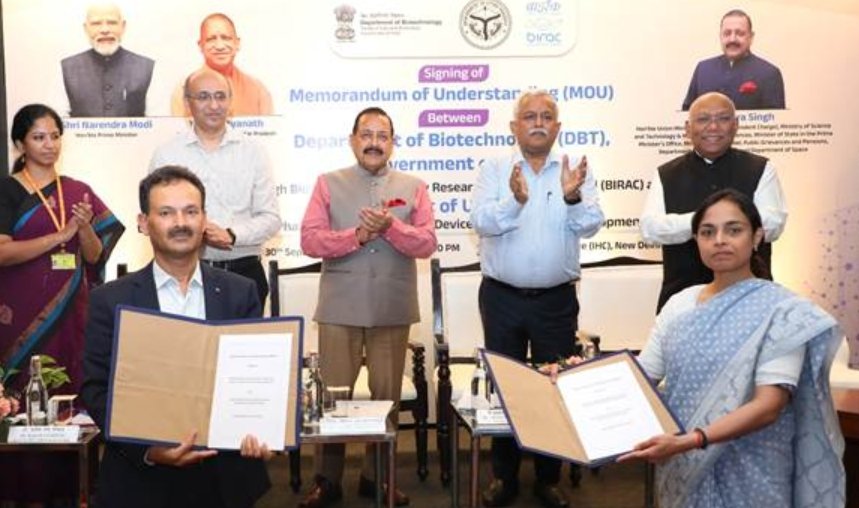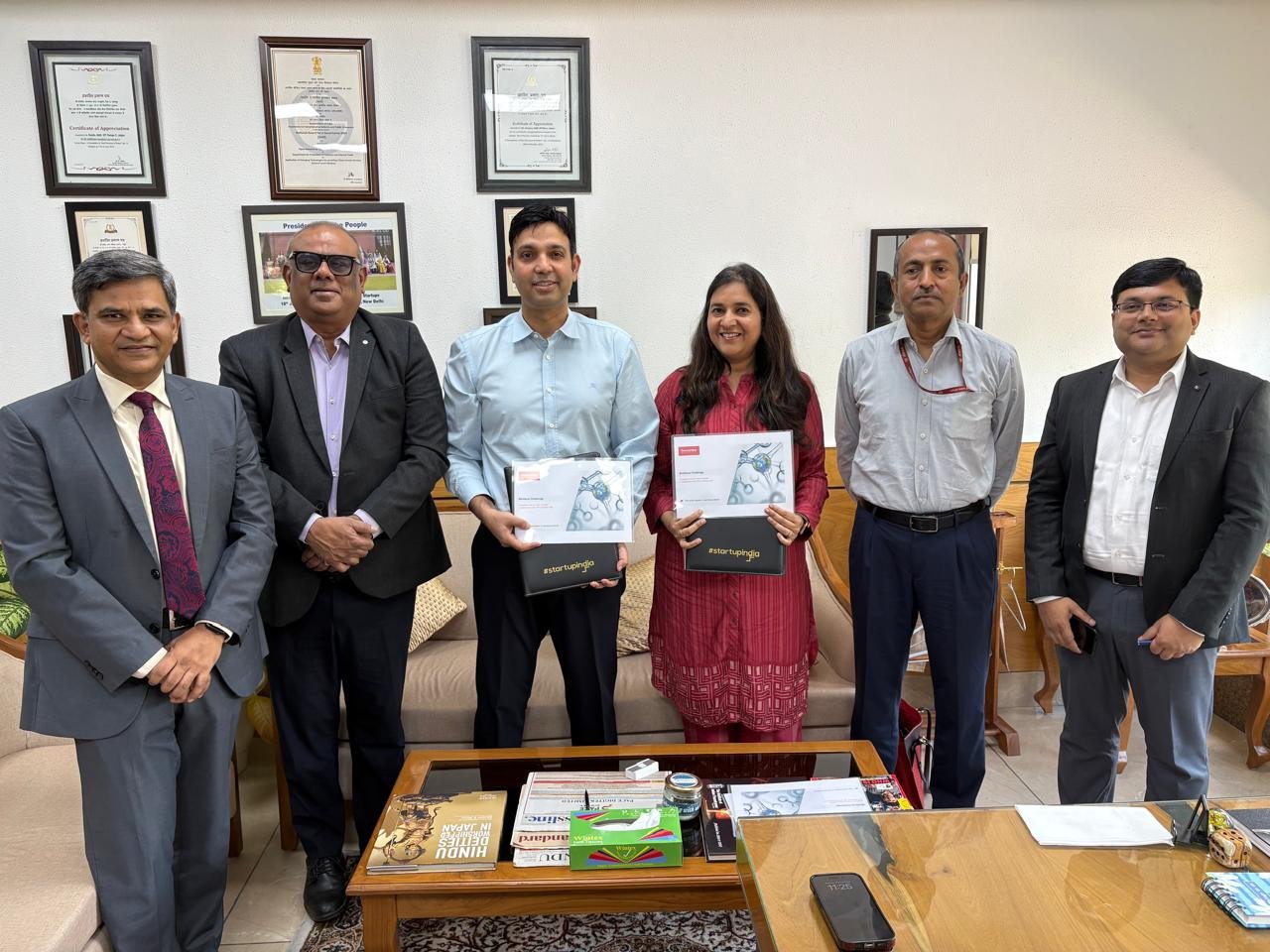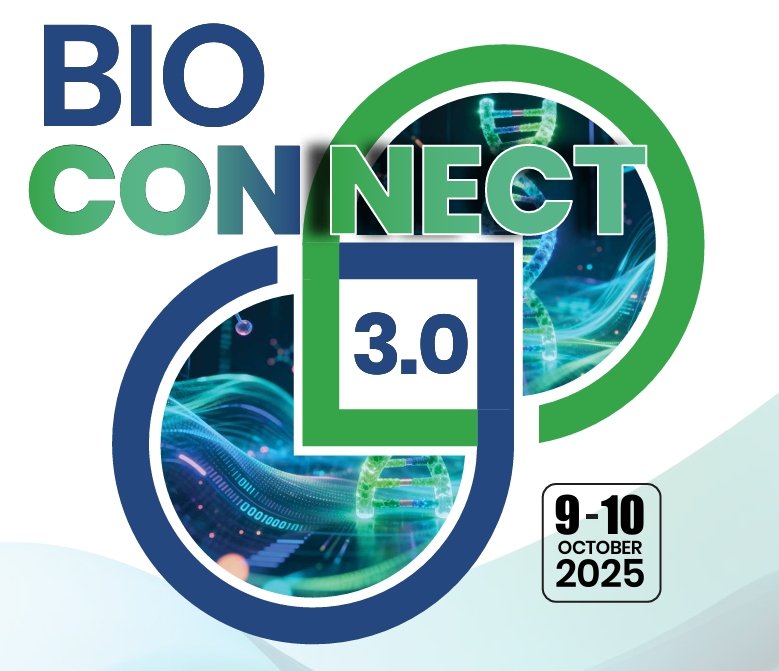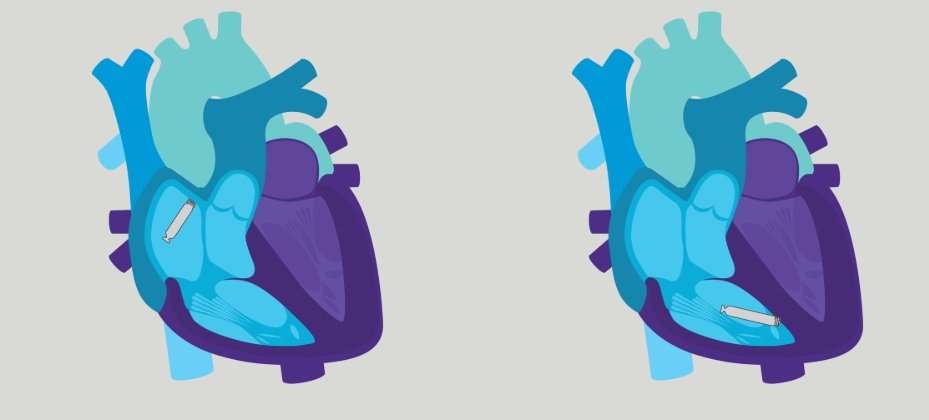Key Technology for Studying Genomic Data
March 10, 2009 | Tuesday | News
Key
Technology for Studying Genomic Data
 —Anuradha Acharya,
CEO, Ocimum Biosolutions
—Anuradha Acharya,
CEO, Ocimum Biosolutions
The advent of microarrays and their ability to measure
several
thousands of gene expression have brought a massive
change to the
traditional methods that assayed a few genes at a time. Microarray
technology has been a key technology for studying genomic data and gene
expression. It offers several opportunities to make predictions and
validations on key pathways, biomarkers and other biological
observations of clinical interest. The current applications of
microarray technology in diagnosis of cancer and other diseases show
its true potential and it also lead the way for further developments in
this exciting field of genomics.
DNA microarrays can be used to
measure changes in expression levels, to detect single nucleotide
polymorphisms (SNPs) and in genotyping or in resequencing mutant
genomes. Conventional methods of research on diseases and comprehensive
molecular level screening using microarrays are revolutionizing
therapeutic medicine and the field of diagnostics.
Evolution
It
all started with photolithographic printing in 1991 and it went through
several technological iterations. In 1997, the genome-wide expression
monitoring in yeast paved the way to key application areas. Today, the
science of microarrays has evolved to open up new areas for
development, which include agriculture, chemicals, cosmetics,
food and
nutraceuticals are of much interest in the past few years besides drug
discovery, development and diagnostics. Manufacturers will continue to
see newer applications in other areas as well.
Market potential
Affymetrix,
Agilent, Illumina, Ocichips and other cDNA and spotted array platforms
are key platform innovators in the Microarray space. Numbers are
deceptive, but global market for microarrays can grow at an annual
average of 6.5 percent and might touch $2.5 billion in 2010. The
commercial DNA microarray segment, which currently accounts for
approximately 57 percent of the market revenues, is projected to grow
faster.
The future prospects
- Array, bead or massive parallel sequencing-based platforms
- Deep sequencing and epigenetic-profiling
- SNP Gentyping using next-gen sequencing
- Digital quantificatio using Solexa
- Copy number variations using 454










